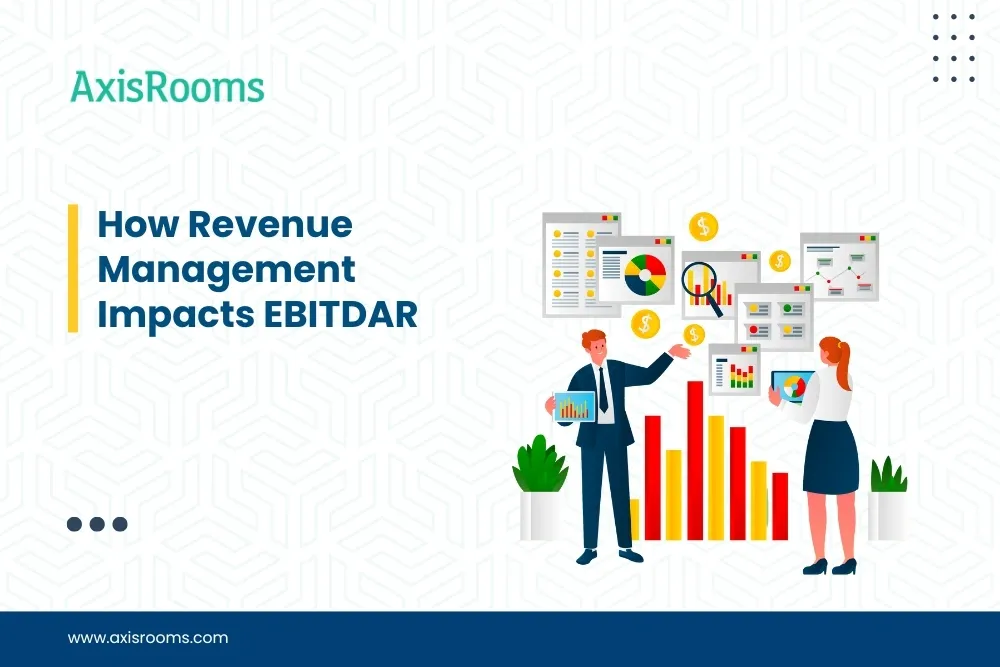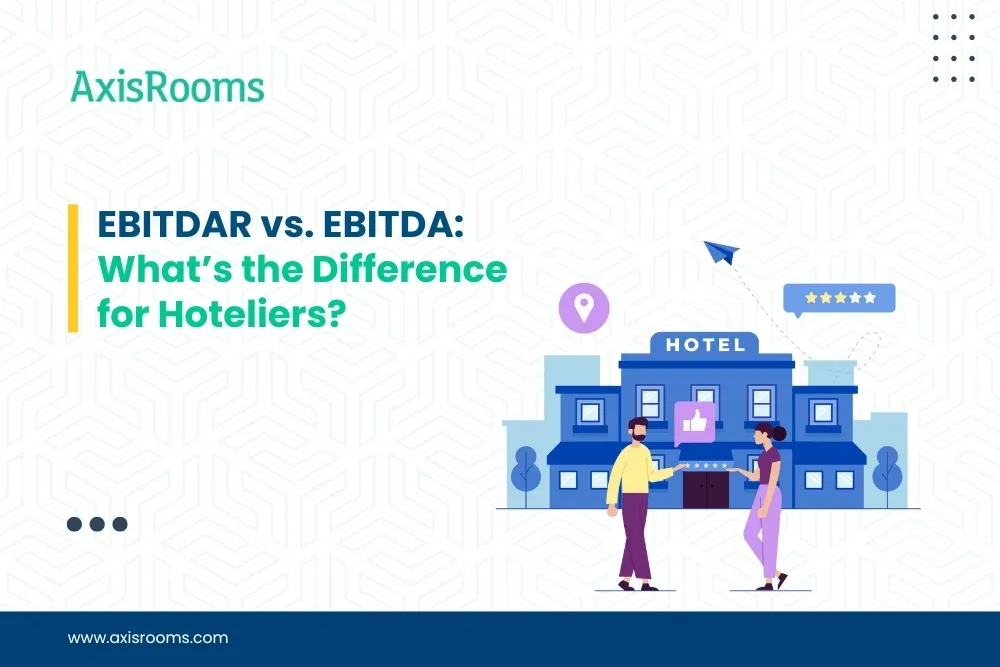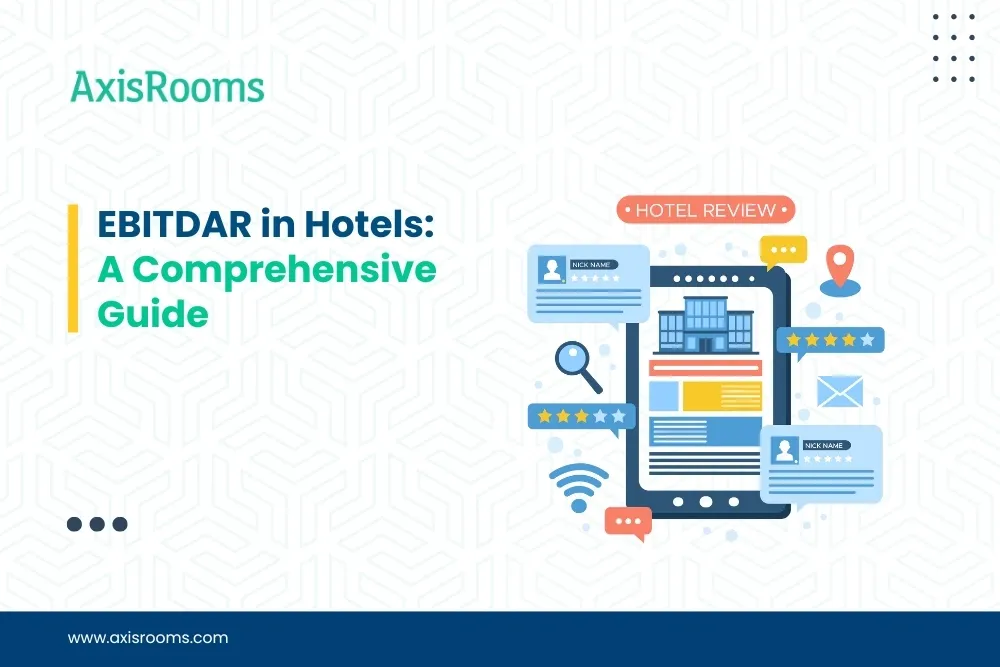What Is EBITDAR and Why It Matters to Hoteliers
If you're a hotelier operating multiple properties—or running an asset-light business with leased properties—EBITDAR is your go-to metric to assess profitability accurately.
EBITDAR stands for Earnings Before Interest, Taxes, Depreciation, Amortization, and Rent/Restructuring.
Unlike basic profit figures, EBITDAR gives you a clear view of core operational performance, eliminating variable factors like rent and location-based tax rates that distort comparisons.
This makes it a preferred metric in the hospitality industry, where rent structures, ownership models, and regional tax rules differ drastically.
Recent industry performance confirms the value of this metric. For example, IHG Hotels & Resorts reported an adjusted EBITDA of $1,189m in 2024, a significant 9.5% increase year-over-year, with a net debt to adjusted EBITDA ratio of 2.3x – demonstrating healthy operational performance despite varying property models across their global portfolio
Why Hoteliers Use EBITDAR Over Other Metrics
EBITDAR isn’t just a number—it’s a decision-making tool for owners, operators, and investors alike.
Major hotel groups rely heavily on this metric for strategic planning. For instance, Marriott International uses EBITDAR when evaluating their leverage position, maintaining a net debt to EBITDAR range of 3 to 3.5 times even while executing significant transactions like their recent citizenM acquisition.marriott.gcs-web.com
How to Calculate EBITDAR for Your Hotel
EBITDAR = Net Profit + Interest + Taxes + Depreciation + Amortization + Rent/Restructuring
Example Calculation:
Step-by-step:
- Net Operating Profit = ₹2,00,00,000
- Add Interest, Taxes, Depreciation, Amortization, Rent = ₹27,00,000
- EBITDAR = ₹2,27,00,000
This figure gives you a standardized benchmark for evaluating performance across all properties.
How Revenue Management Impacts EBITDAR

That’s where Revenue Management Systems (RMS) play a crucial role in strengthening your hotel revenue strategy.
That’s where Revenue Management Systems (RMS) play a crucial role.
Key RMS Contributions:
- Increase RevPAR and ADR
- Reduce empty inventory
- Improve rate parity and OTA strategy
- Optimize demand forecasting
The more revenue your property generates across all sources—rooms, F&B, events—the higher your EBITDAR goes.
Boost EBITDAR with AxisRooms’ Revenue Management System
AxisRooms offers a powerful, AI-backed Revenue Management Service that helps hoteliers like you improve operational profitability across the board.
AxisRooms RMS: Key Features
AxisRooms integrates your revenue management strategy with actionable insights—helping you increase EBITDAR without overspending.
Let’s Understand the Components of EBITDAR in Detail
These costs, while important, vary widely between properties. EBITDAR removes them to reflect true operational performance.
EBITDAR vs. EBITDA: What’s the Difference for Hoteliers?

- EBITDA excludes interest, taxes, depreciation, and amortization—but includes rent.
- EBITDAR takes it further by also excluding rent and restructuring, offering a cleaner comparison across leased and owned hotels.
This makes EBITDAR more suitable for benchmarking hotel chains, brand conversions, or management contract performance.
Conclusion: EBITDAR Is a Must-Track Metric in Hospitality
For today’s hoteliers, EBITDAR is more than a financial tool—it’s the foundation for better business strategy. It helps you:
- Understand where you stand operationally
- Benchmark fairly across diverse hotel assets
- Attract investors with transparent numbers
- Make smarter pricing and management decisions




